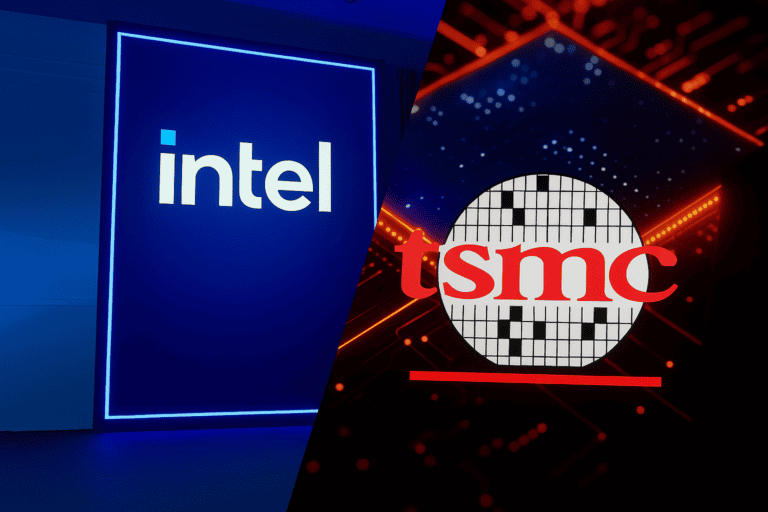Intel wants to involve fellow competitor TSMC in a joint venture for its own chip production. This would make Intel Foundry not only a separate business unit within the American chip giant but an independent entity. Although the deal is not yet certain, it would mean a life-changing opportunity for Intel.
According to a report by The Information, based on two sources familiar with the preliminary agreement, TSMC would receive a 20 percent minority interest in the joint venture. It is still unclear who will own the remaining 80 percent. Rumors had previously circulated that TSMC had approached other industry players such as Broadcom, Nvidia, Qualcomm, and AMD to invest in the partnership. This sounds crazier than it is: the chip sector is as accustomed to cooperation as it is to competition.
Pressure from the American government
The American government of President Trump has played an important role in the realization of the upcoming agreement. The Department of Commerce in particular is said to be concerned about Intel’s persistent problems. The White House sees the collaboration as a way to stabilize Intel, as the company’s domestic chip production capacity is considered essential to US national security. For example, Intel has a contract worth 3 billion dollars to manufacture chips for the Department of Defense.
Intel has suffered many setbacks, particularly in the past year. In December, former CEO Pat Gelsinger was fired after four years of leadership, during which he was unable to (yet) translate his strong ambitions into a better competitive position against AMD and Nvidia. Last month, chip veteran Lip-Bu Tan was appointed as the new CEO to help the company out of its crisis. He has already completed a similar job at chip design software maker Cadence.
Technical challenges
One of the biggest questions surrounding the joint venture is how TSMC will be involved in Intel’s American chip factories. These factories, which have cost tens of billions of dollars, are designed to produce chips based on Intel’s designs. Ironically, the expansion of these chip fabrication facilities was intended to make Intel a formidable competitor to TSMC. Under the agreement, TSMC would possibly share some of its chip methods with Intel and train employees in these techniques, something that only happens if there is no real risk for the Taiwanese chip maker of being passed over.
Intel’s factories could even be modified with new equipment to produce processors according to TSMC’s methods. We have written about this method before: in fact, the latter rolls out its own chip manufacturing in all its factories with the same precisely defined processes.
While Intel struggled with its production processes, TSMC further expanded its lead. Since 2015, TSMC has been using ASML’s EUV machines to make ever smaller semiconductors, while Intel did not start using this equipment for mass production until the end of 2023. The transition to High-NA EUV has now begun, even though Intel was an early adopter of this technology.
Uncertainty among staff
Some Intel executives fear that the collaboration could lead to new rounds of layoffs. The company already cut more than 10,000 jobs at the end of last year as part of a cost-cutting plan. The specific details of the agreement are still being discussed, so the final impact on the workforce remains unclear.
The financial markets positively received the news about the possible joint venture: Intel’s shares rose by 7 percent after the report was published. Investors in TSMC were less enthusiastic, causing the Taiwanese company’s shares to fall by 6 percent. The stock market figures will undoubtedly continue to fluctuate strongly due to the economic uncertainty since President Trump announced import duties.
Although Intel itself does not appear to be up for acquisition, the current state of affairs is still worrying. The company reported a net loss of 18.8 billion dollars in the 2024 financial year, the first time it has suffered a loss since 1986.
